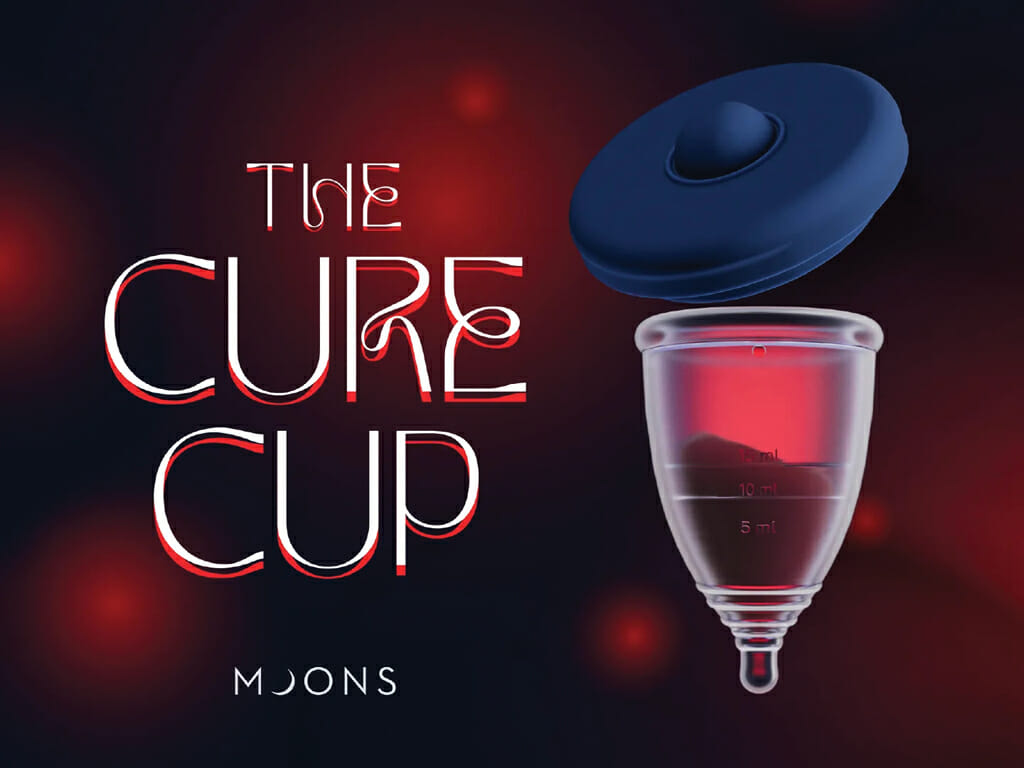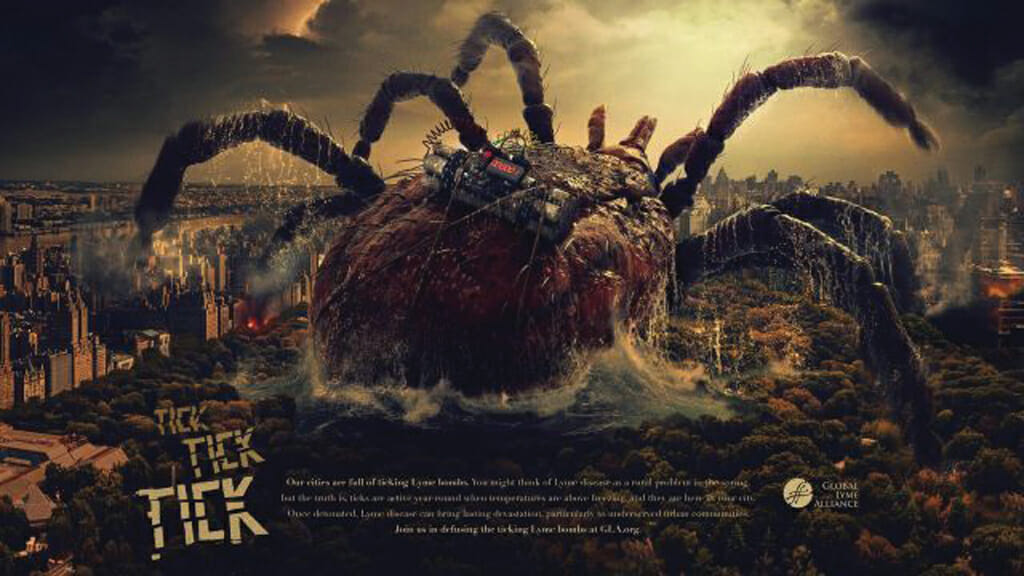Technoempathy And The Inclusivity Era
When Franklin Williams of Area 23 and his colleagues created Eyeder, the first app of its kind that allows blind people to see their surroundings, simple vision is linked to human hearing. Or better yet, listen to people.
In collaboration with UX expert Nick Gomberg, who was born blind, the team set about duplicating the app at a natural pace. But Gomberg objected.
"Nick went on to say, 'He told us: you have to understand that the whole world goes through my ears, I process information much faster than you.

In doing so, the developers sped up the echolocation app developed by Horizon Therapeutics, maker of the thyroid drug Tepeza, by more than twice the normal speed. "We're still early. But it's an important way to uncover the reality of the experience of the blind," Williams added.
That's why, according to Williams, healthcare professionals are the most important drivers of the industry's ongoing push for inclusion; they understand the need for more compassion. “It is the sharing of the feelings of another person, group or community. Most people want to start with a solution. But technology is the second step after compassion,” he explained.
Armed with the challenges faced by marginalized populations, companies like Horizon are turning to technology to bring equity and inclusion. Technoempathy, an approach that prioritizes user experience, helps marketers create solutions that meet the specific needs of underserved populations. Through innovative wearable apps and personalized interventions, these companies are paving the way for a more inclusive and compassionate healthcare system.
It should be noted that the biggest ideas for inclusion often come from small businesses. They are often created by people in a patient group that have been neglected for too long. like women
“Women's biology is different from men's, and historically they have not been equally represented in clinical trials,” said Naomi Fried, managing director and CEO of FarmStar, a Boston-based accelerator that works with digital health startups. She added that the industry typically devotes 1% of its budget to research and development for women's health issues.
When Freed recently started a 10-week women's health program, she thought she understood the difference. As he himself admits, he made many mistakes.
Startup Vio Healthtech, for example, evaluates the effectiveness of drugs using a wearable device that determines the timing of the menstrual cycle. “Through this series, I learned that women respond differently to medications due to menstrual hormone fluctuations, and 70% of all medications depend on the timing of this cycle,” Fried explained. "It's affected by medications for diabetes, cardiovascular disease, cancer, and depression."

Another PharmStars contributor, MiMark, is replacing painful gynecological diagnostic methods with non-invasive fluid biopsy. Plus, there's Samphire Neuroscience, a headband that tracks menstrual pain and low moods. “No one knew it was a medical device,” Fried said.
Several new technology proposals aim to address specific health disparities. Designed to help women with Parkinson's, My Moves Matter has features tailored to specific needs (such as using verbal input instead of typing). Everyone supports the effectiveness of engineering solutions, and everyone empathizes with the potential user first.
“It's about the importance of meeting people on a platform they're already using,” Fried said.
Issues of trust, privacy and data protection are central to the entire healthcare ecosystem. But they are especially important among marginalized groups, who have every reason to see suppliers, insurers, and pharmaceutical companies as permanent (and even dangerous) enemies. Patients are well aware that advances in artificial intelligence and machine learning can be used against them.
“People are concerned that drug companies might re-identify patients by focusing on a single interaction based on a diagnosis,” explains Dan Fisher, CEO and practice leader at IPM.I Real Chemistry.
Despite these concerns, AI has great potential to make medical decisions more diverse, inclusive and accurate. Fisher says that while many programs begin with a personalized approach to health care, the workload gradually increases.
“We then asked how we can remove the bias inherent in patient care and the settings in which they receive care, and how we can use medical data to address this issue,” he said.
For Fisher, this is the essence of technological empathy. “How can we use artificial intelligence to better understand the human experience? How do we get patients off the ground?
Works with all accounts. Ability to link social determinants of health such as race, age, income and environment to health data.
“Historically games have been huge, but now we can go beyond that data,” Fisher said. “In recent studies of liver cancer, we were even surprised to match 90% of patients.”
The data also shows which service providers are most effective in reaching and serving certain populations and which need more support.
“When a particular provider has a large number of patients, we can ask, 'What can we learn from them?' And when they have less, pharmaceutical companies can decide how to raise awareness and use educational tools,” Fisher continued, noting that the IPM.ai dataset now includes almost 300 million unique, nearly undiagnosed patients. “So instead of a top-down approach. , we hope to find patients who meet the clinical criteria, now look at the level of individual patients and see who fits the specific needs of a particular test."
This can help solve current problems, especially for rare diseases; often, by the time patients are aware of their condition, they are past the point of deciding on intervention. “Machine learning helps us predict which patients might have a rare disease they don’t know about, and this is probably one of the most impactful applications of technology for our clients. This will help healthcare providers find the right point of intervention,” Fisher said. said:
For Astellas gene therapy, IPM.ai developed a machine learning model to predict a cure for myotabular myopathy, a rare neuromuscular disease for which there is no approved therapy. As a result, hospitals may account for 10% of the potential patient population.
This goes without saying, but it's not about the technology. Top health marketers and technologists have long understood the importance of talking to the underprivileged , not to them . They also realized that tone of voice is more important than most pharmacy managers realize.
Everything they do requires careful listening. And when brands do it right, the rewards are huge.
In collaboration with 21Grams of Real Chemistry, menstrual cup manufacturer Moons has just created The Cure Cup. While the public has long considered menstrual flow offensive, Manns hopes to draw attention to the fact that it contains valuable stem cells that could lead to many other types of research.
This campaign offers users personalized mugs with lids. After collecting the menstrual fluid, they attach it to a lid and send it to the moon in the hope that their contributions could lead to advances in medicine.
21Grams VP and Creative Director Kathy Dean and Clay McGuire value the freedom to create sweeping campaigns in a category dominated by fake blue bodily fluids and white revealing clothing. They also like to see how women react to their knowledge of the benefits of menstruation.
“We are overwhelmed by the high number of internal rotation members,” Dean said in an email response. “We hear from people how difficult it is to live with the shame of the past and how free they are in the end. Technology can facilitate the emotional experience of people by seeing, recognizing and amplifying the human experience.”

Using the right tone of voice has contributed to the success of the lime bomb detector developed by Eversana Intouch for the Global Lyme Alliance. Designed to help find out if black people have Lyme disease, tech groups and campaigns must find the right way to introduce the disease to new audiences, not to mention the ticks that carry it.
A hardy New England breed has kept these arthropods at bay for years, but now the mites have appeared in city parks and many city dwellers don't know how to spot them. The campaign extends to diagnostics. this is to alert black viewers to the bad news: If bitten by an infected tick, they could go undiagnosed for a long time as healthcare providers struggle to diagnose melanin skin rashes.
According to Suzanne Perlbachs, creative director of Eversana Intouch, the company has recognized the limitations of the clinical detection method and the shortcomings of the existing technology.
“We work with AI in many projects, implementing strategy, content and content optimization along the way. “We thought we could use AI to speed up diagnosis,” he recalls via email, “to diagnose Lyme disease. And it paid off."
While "technologies" allow users to diagnose potential infections and contact vendors, presenting them in a way that resonates with the target audience is no easy task. “We had to balance information about the tick, its habitat, and prevention strategies, and also pay attention to the nuances of dark skin rashes,” Perlbachs said. "We can provide users with comprehensive knowledge about Lyme disease, regardless of skin color, and provide early detection methods for those most at risk."
Perlbachs added that the experience taught an important lesson. all marketers can be more inclusive. “This means faster diagnostics, as we have done here. It means making certain tasks or tasks easier,” he continued. “But brand action is much stronger than words. We need to show that we support the doctor and the patient community." he just told them."
Williams agreed, adding that if medical technology can't really benefit many members of society, then it won't benefit anyone. Iida is proud to help blind people who are afraid to leave their homes, as well as blind skateboarders.
"We can't create one experience because we don't want to tell them who they really are," he said. "We want them to tell you who they are and then use technology to enhance their presence."
What should others do to follow the same path? Start with empathy and demand careful listening.
“Most people start with a solution and jump right into it,” Williams continued. “And then they solve the problem of maintaining the technology they set.
Brands that make mistakes are at great risk. “The patient advocacy population can tell if the technology is for their community or from a company trying to make money, and the moment they sense it, they shut you down,” Williams added. "If they felt a genuine desire to make the experience fairer, they would move heaven and earth so the community could make sure you got what you got."
From August 1, 2023 Option MM+M - Medical and media marketing


